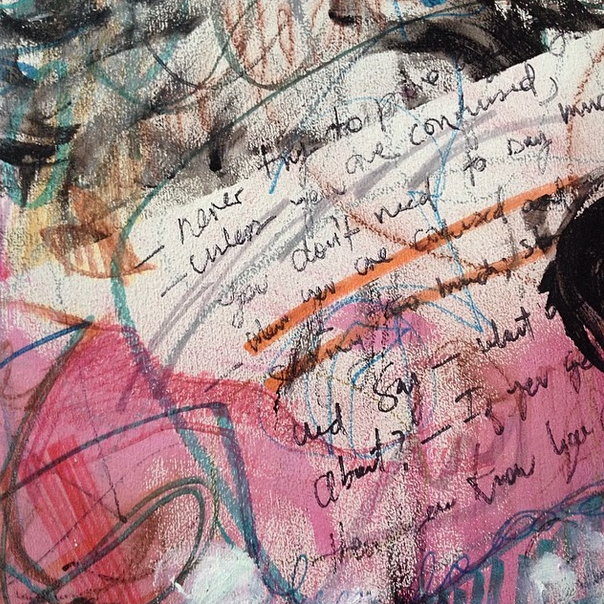

All creativity begins with the moment of conception.
That little piece of kindling that gets the fire going. That initial source of inspiration that takes on a life of its own. That single note from which the entire symphony grows. That single spark of life that signals an idea’s movement value, almost screaming to us, something wants to be built here.
And so, in this new blog series, I’m going to be deconstructing my favorite moments of conception from popular movies. Each post will contain a video clip from a different film, along with a series of lessons we can learn from the characters.
Today’s clip comes from the porch scene in Sideways:
What can we learn?
Excessive quantities
can reduce the yield. Several years ago, I reached a point of diminishing creative returns as a
writer. I was making one lateral move after another. Running up the score
on my creative resume, but never graduating to a new level of
judgment and wisdom and perspective. Repeating a proven formula for success,
but never growing into unknown territory and creating something new. It was a
painful place to arrive as an artist. Like the veteran employee who discovers
she doesn’t have ten years of experience, but one year of experience, ten
times. Ouch. And so, I made a deal
with myself. If I’m going to execute, I have
to elevate. Volume can’t be the only boat that rises with the creative tide. If
I’m going to continue my artistic journey, I have to do so ways that excite and
exhilarate me. As a result of this commitment, my entire creative horizon
shifted. I started working bigger. The projects grew more ambitious. Instead of
just recording another studio album, I began writing, producing and staring in
a concert documentary. Instead of just writing another business book, I started
building an innovative intellectual property development system. That’s
elevation. Like a fine wine, constantly evolving and gaining complexity. Are you creating things that call on more
of your essence?
Evolving yourself
always and forever too. A pinot grape is surprisingly similar to the
artist’s personality. Both are thin skinned, temperamental, and require
constant care and attention. Both require a deep understanding of an asset’s
individual potential. And both need a certain amount of coaxing into their
fullest expression. But where they differ is in their process of growth. Because
once a wine peaks, it begins its steady, inevitable decline, and eventually
becomes undrinkable. Artists, on the other hand, don’t have to suffer the same
kind of demise. There’s no expiration date on imagination. It’s never too late to reinvent themselves. Consider the
touring musician, who moves from city to city, repeating the same set list over
and over, but never really evolves as an artist. Consider the standup comic,
who always does the same material, but never uncovers new layers of himself. Consider
the movie actor, who rides her famous catchphrase for an entire career, but
never steps into new, challenging roles. Each of these artists could evolve if they wanted to, but they
don’t. And their recycled material starts to feel reheated quickly. It’s a
shame. Fuller was right when he said the rigid, the fixed and the
unmovable will snap, crackle and crumble, unable to bend with the winds of
evolution. What are you holding onto that no longer
serves you?
An index of your human value
system. Wine is
a living, breathing organism. If you opened a bottle today, it might taste
completely different than if you opened it on any other day. And yet, the wine
is still true to its roots. Quite literally. It’s yet another interesting
parallel between grapes and art. I’m reminded of my mentor’s words, who told me that’s it’s possible to repeat yourself, but without saying the
same thing twice. That piece of advice never left me. It became constant mental
note to always push myself to create something different than the day before.
To continue dipping my toes into new subjects while still staying true to the
parameters of my engine and values. And to remember that books only fill one
shelf of my creative room. That’s the whole point of building a body of work.
Executing themes in our projects so our art is less random, and more of a
representation of our feelings and ideas and sense of life. What kind of
structure can you place around your creative routine to make sure you’re
executing against your value system?
What did you learn?
* * * *
Scott Ginsberg
That Guy with the Nametag
Author. Speaker. Strategist. Filmmaker. Publisher. Songwriter.
scott@hellomynameisscott.com

Never the same speech twice. Customized for your audience. Impossible to walk away uninspired.
Now booking for 2014-2015.
Email to inquire about fees and availability. Watch clips of The Nametag Guy in action here!
